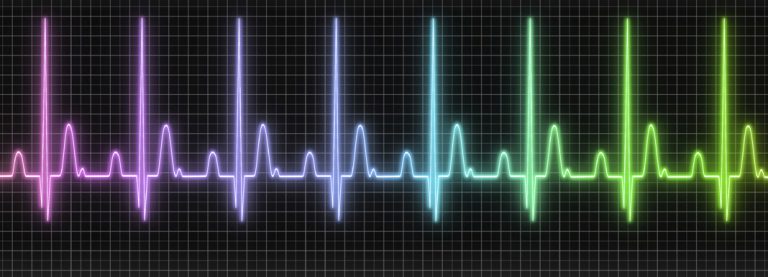
Paul D. Thompson, M.D., an accomplished competitive international marathon runner as well as a respected cardiologist, wrote an editorial on two studies that show how important regular vigorous exercise is to prolong lives and prevent heart attacks and strokes (Circulation, 2018;137(18):1896-1898). The results of these studies should stimulate every able-bodied person to try to exercise for at least 30 minutes every day for as long as they can.
The first study shows that higher levels of fitness strongly prevent heart attacks and death and the lower the amount of arterial plaques, the less likely a highly-fit person is to suffer a heart attack (Circulation, 2018;137:1888–1895). The study followed 8425 men with no heart disease for an average 8.4 years. Researchers can determine fitness levels by measuring the maximal amount of oxygen a person can use during exercise. The highly-fit men with no plaques were 20 times less likely to suffer a heart attack than highly-fit men with thick plaques in their arteries. The annual incidence of total heart problems was only one in a thousand for the fit men with no plaques, compared to 19 per thousand for fit men with plaques. This is in North America where 40 percent of death certificates say heart disease.
The second study showed that the more frequently people exercised, the less likely they were to die of heart disease (JACC Cardiovasc Imaging, 2017;10:1461– 1468). The 10,690 men and women were followed for an average 8.9 years. Heavy exercisers with no plaques were highly unlikely to suffer heart problems, and among the people with a lot of arterial plaques, those who exercised the most were protected the most from suffering from or dying from heart disease. The risk for having heart problems in heavy exercisers with a low levels of plaques in their arteries was less than one in a thousand, even though extreme exercisers may have increased numbers of plaques. See Exercisers Have More Stable Plaques
Definition of a Heart Attack
A heart attack is not caused by plaque buildup on the inner lining of arteries; it is caused by a sudden complete obstruction of the blood flowing to part of the heart muscle. A 90-percent blockage of an artery does not cause a heart attack because blood can still flow through and the heart muscle can still get some oxygen. The sudden complete obstruction of blood flow to a part of the heart muscle is usually caused by a plaque breaking off, followed by bleeding where the plaque broke off. Then clots form at the bleeding site. Next, the clot extends to block completely the flow of blood to the part of the heart muscle supplied by that artery. The part of the heart muscle deprived completely of blood flow then dies. This is called a heart attack.
How Doctors Measure Plaque Stability
Your doctor can predict your risk for a heart attack by doing a test called a Calcium Score, which is a special CT X ray or sound wave test that measures the thickness of plaques on the inner lining of arteries. A CT scan can also show how stable a plaque is. It can show the difference between stable plaques that are usually safe and those that are unstable and more likely to break off to cause heart attacks (American Journal of Roentgenology, March 2015;204(3):W249-W260). Signs of plaque stability include extensive calcification, less lipid-rich areas, increased fibrous areas and structural changes.
Exercise Does Not Prevent Plaques from Forming
Competitive older endurance athletes may have more plaques in their arteries than non-exercisers, but they often have the type of plaques that are far less likely to break off and cause heart attacks (Circulation, April 27, 2017;136:138-148; May 2, 2017;136:126-137). They have:
• low 10-year-history risk scores for suffering heart attacks (Framingham study data)
• greater plaque thickness
• more calcium in their plaques
• wider and dilated arteries that are far less likely to be blocked
• more stable plaques that are far less likely to break off to cause heart attacks. By comparison, more than 61.5 percent of the older men who did not exercise regularly had “mixed morphology” plaques with much higher risk for breaking off to cause heart attacks.
My Recommendations
Overwhelming evidence shows that exercise helps to prevent heart disease and death from heart disease and that within reason, the more you exercise, the greater the protection from suffering a heart attack (J Am Coll Cardiol, 2016;67:316–329).
• Calcium score tests are important predictors of risk for a future heart attack. Those who exercise and have low calcium scores are at low risk for heart attacks.
• For people with high calcium scores, exercise markedly reduces risk for a heart attack.
• An anti-inflammatory diet, not exercise, prevents plaques from forming. Regular exercisers who are at very low risk for heart attacks because they have very low calcium scores should still follow an anti-inflammatory diet that is low in red meat, processed meat, foods with added sugar and fried foods. They should avoid drinks with sugar in them including fruit juices, and eat lots of fruits, vegetables, whole grains, beans, nuts and other seeds.
Checked 4/3/23